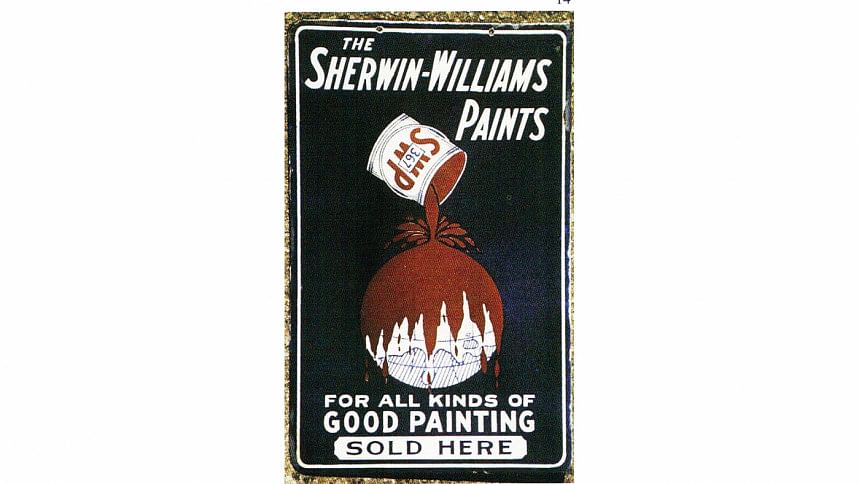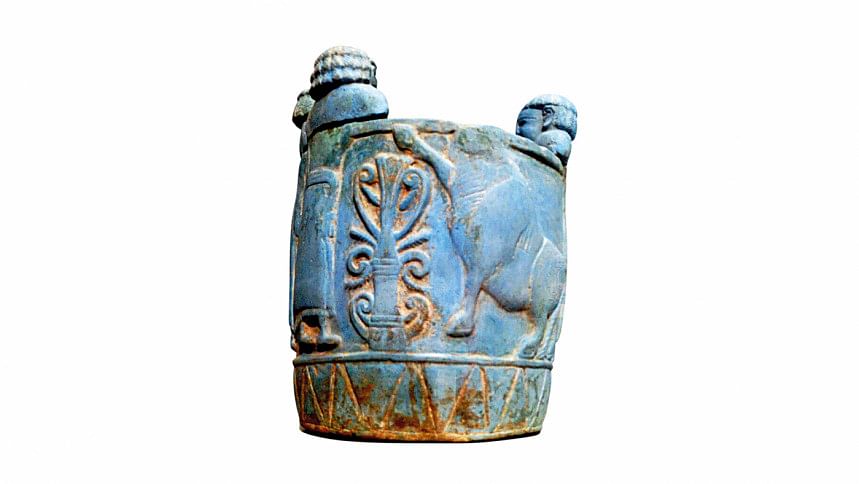Did you know?

The First Ready-to-Use House Paint
In 1866, Harry Sherwin, Alanson Osborn, and Edward Williams founded Sherwin, Williams & Co in Cleveland, Ohio, pioneering the production of ready-to-use house paint.

Leonardo da Vinci: Pioneer of Paint Innovation
The famous artist and polymath was also a paint innovator. He developed new techniques for mixing and applying paint, contributing to the advancement of the medium.

The Oldest House Paint Used Milk, Lime, and Honey
Dating back to cavemen and ancient Egypt, the earliest house paint combined plant dyes and natural pigments with milk, lime, and honey. Initially used for decoration, it was later also used for protection.

First Synthetic Pigments
Egyptians were among the first to create synthetic pigments. They made a blue pigment known as Egyptian Blue from calcium copper silicate around 2500 BCE.

The White House Wasn't Meant to Stay White
Originally, the White House was painted with a lime-based whitewash intended to fade over time, leaving the white color only in cracks and crevices. However, it was repeatedly repainted, maintaining the white appearance.
The nickname "White House" existed for about 10 years before it was permanently painted with lead-based white paint in 1818. The name remained unofficial until 1910 when President Theodore Roosevelt made it the official, iconic name it holds today.

The Origins of Interior Wall Painting
The first interior wall paintings date back to prehistoric times, with ancient cave dwellers decorating their living spaces with natural pigments like ochre and charcoal. These early artworks, found in caves like Lascaux in France, depicted animals and scenes from daily life, serving both aesthetic and ritualistic purposes.

 For all latest news, follow The Daily Star's Google News channel.
For all latest news, follow The Daily Star's Google News channel. 



Comments